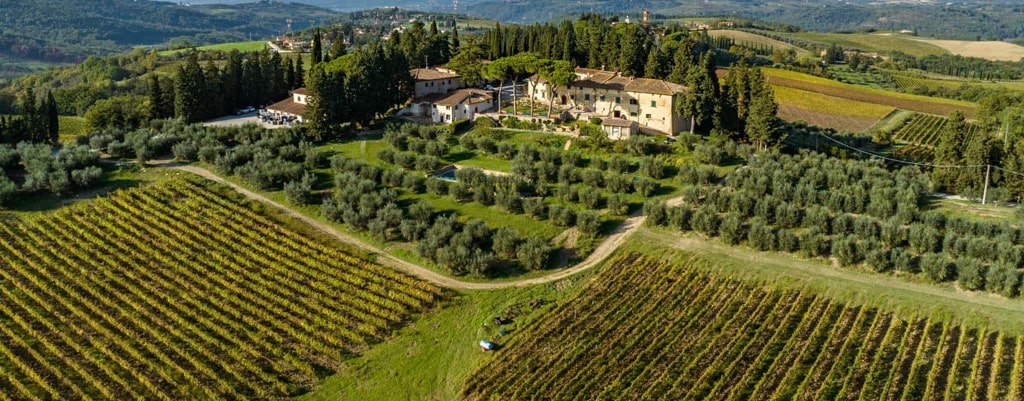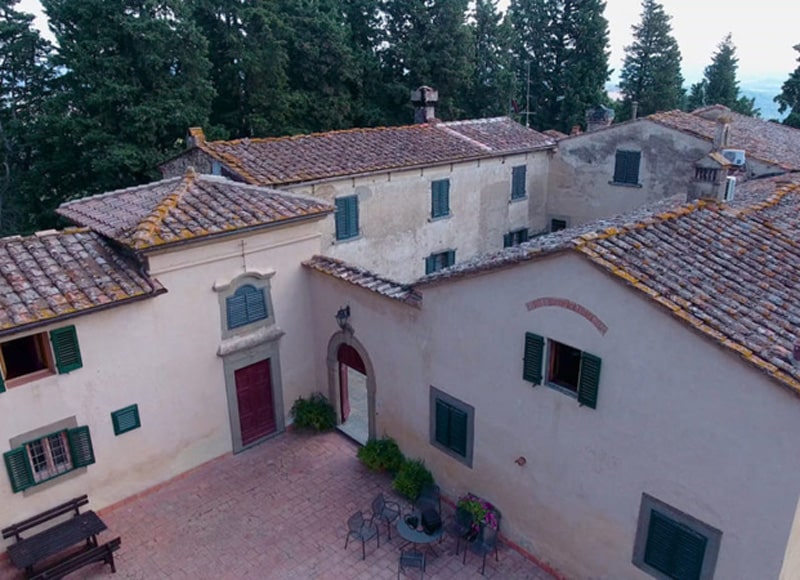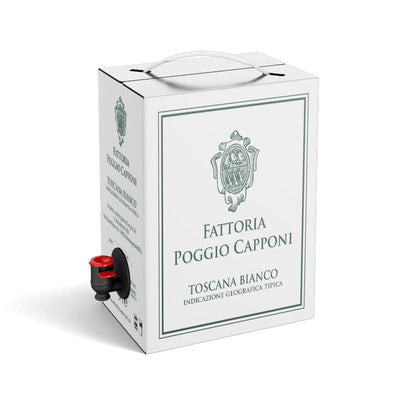
In the 1930s Giuseppe Rousseau Colzi, a Florentine industrialist struck by the magnificent gentleness of these hills and the beauty of the scenery that surrounds them, decided to buy the property. In those years the Fattoria was an ideal place to share days of vacation and rest with family and friends, characterized by great hunting trips and moments of celebration, without forgetting the agricultural activities of this countryside surrounded by a suggestive rural landscape. After the Second World War the Rousseau Colzi family continued its work of running the farm. Giuseppe was succeeded by his son Giovanni who in turn, together with his son Michelangelo, gave new impetus to agricultural activities. These were years of great investments to modernize structures and productions. At the same time, the agritourism business was also born, still run today by Giovanni's daughter, Gioconda Rousseau Colzi. Activity that allows many visitors to stay in these splendid places, surrounded by the green valleys and gentle hills of Montespertoli.
Let's find out together
The family and history

Let's find out together
The family and history
The first news of the farm dates back to the end of the 1400s against the background of a Renaissance Florence governed by the Medici family and by Lorenzo the Magnificent who gave an extraordinary boost to the arts and culture of the time. These were the years in which the Florentine capital hosted the workshops of great artists such as Michelangelo, Leonardo da Vinci and Sandro Botticelli. Precisely in this period, the Capponi family, one of the most influential in Florence, built the farm about 25 km from Florence in a hilly area overlooking the gentle slopes of Chianti, hence the name "Poggio Capponi". The farm immediately shows its dual character, both agricultural and suitable for holidays. The cultivation of vines, olive trees and wheat develops. And here the peasants settle who will continue to work in the fields for generations. We still find traces of the farm at the end of the eighteenth century in a document (the Cabreo) which described in detail the properties and all the credits of the Marquises Capponi.



 Toscana, Italia
Toscana, Italia